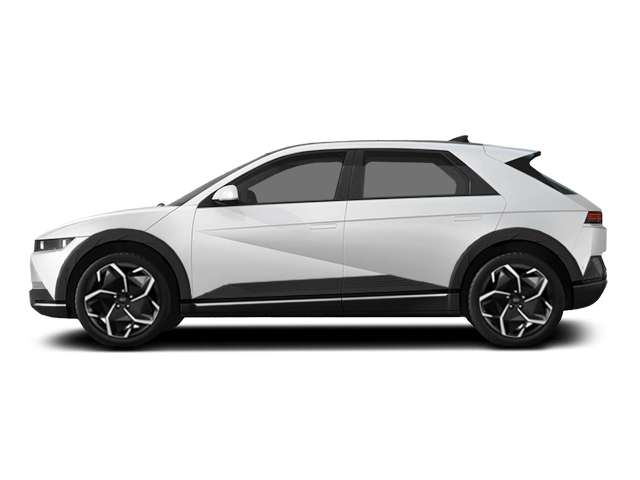2026 Hyundai Ioniq 5 Owner's Manual

Table of Contents
2026 Hyundai Ioniq 5 Overview
Owner's Manual
The Owner's Manual for the 2026 Hyundai Ioniq 5 serves as an essential guide for new owners, detailing the features, specifications, and safety information pertinent to maximizing the vehicle's potential. This manual is critical for understanding the vehicle’s technological advancements, maintenance schedules, and warranty details. It is structured to offer easy navigation through various topics, enabling owners to quickly locate information pertinent to their specific queries. By following the guidelines within, drivers can enhance their driving experience, ensure the longevity of their Ioniq 5, and leverage all the innovative features included in the car. Understanding this manual is paramount for anyone eager to make the most of their ownership journey.
Introduction
The 2026 Hyundai Ioniq 5 is a striking electric vehicle that combines bold design with cutting-edge technology and eco-conscious performance. With its futuristic aesthetic and versatile architecture, the Ioniq 5 aims to redefine what electric mobility means. This model showcases an eco-friendly ethos without sacrificing comfort or style, making it an ideal choice for modern drivers seeking sustainability and sophistication. Designed to captivate, the Ioniq 5 is equipped to meet the challenges of urban commuting and long-distance travel alike, positioning itself at the forefront of the electric vehicle revolution.
Powertrains
The Ioniq 5 offers a choice of efficient powertrains tailored to meet diverse driving needs. An all-electric layout ensures zero tailpipe emissions, boasting remarkable range options that offer a seamless transition into the electric era. Various configurations allow for single or dual motor setups, providing options for spirited performance or extended driving range, making it adaptable to both daily commutes and adventurous road trips. The deployment of cutting-edge battery technology maximizes efficiency and performance, ensuring that every journey is as enjoyable as it is environmentally conscious.
Trims
Hyundai offers a range of trims for the 2026 Ioniq 5 to cater to varying preferences and needs. Each trim level is meticulously crafted, featuring unique aesthetic touches and upgraded technology. From the base model, which delivers an impressive array of standard features, to higher trims that introduce luxurious materials and advanced driver-assistance systems, customers can select from models that best align with their lifestyle. Options such as enhanced audio systems, panoramic sunroofs, and premium upholstery make each trim a tailored choice for discerning buyers.
Features
The 2026 Hyundai Ioniq 5 is loaded with advanced features designed for convenience, safety, and entertainment. A state-of-the-art infotainment system is seamlessly integrated, offering touch controls, smartphone connectivity, and voice recognition. Safety features abound, including adaptive cruise control, lane-keeping assist, and automated emergency braking, ensuring that occupants remain secure on every drive. Additionally, the spacious interior is complemented by configurable cargo space and a host of comfort-oriented amenities such as customizable ambient lighting and heated seating, making each ride enjoyable for everyone on board.
User manual download
The Hyundai Ioniq 5 owner manual for the 2026 model year is to be found in PDF downloadable format on this page. The owner manual for the model year 2026 is free and in English, but the repair manuals are usually not easy to get and may cost more.
Manual Questions
Fill the form below and someone will help you!

